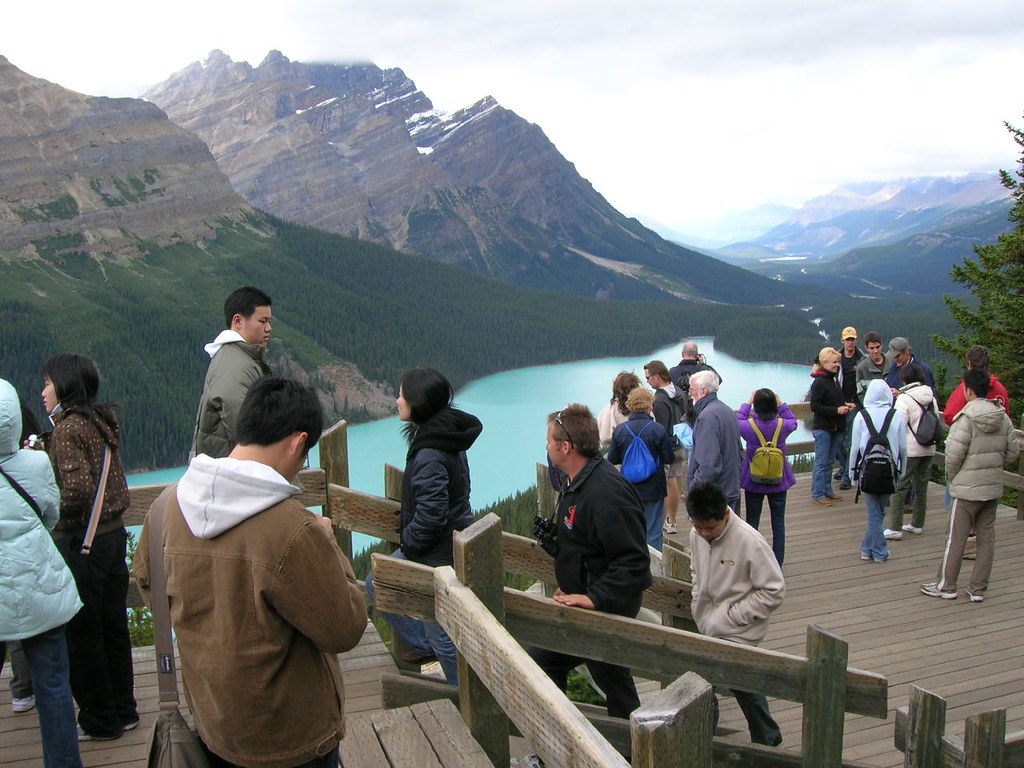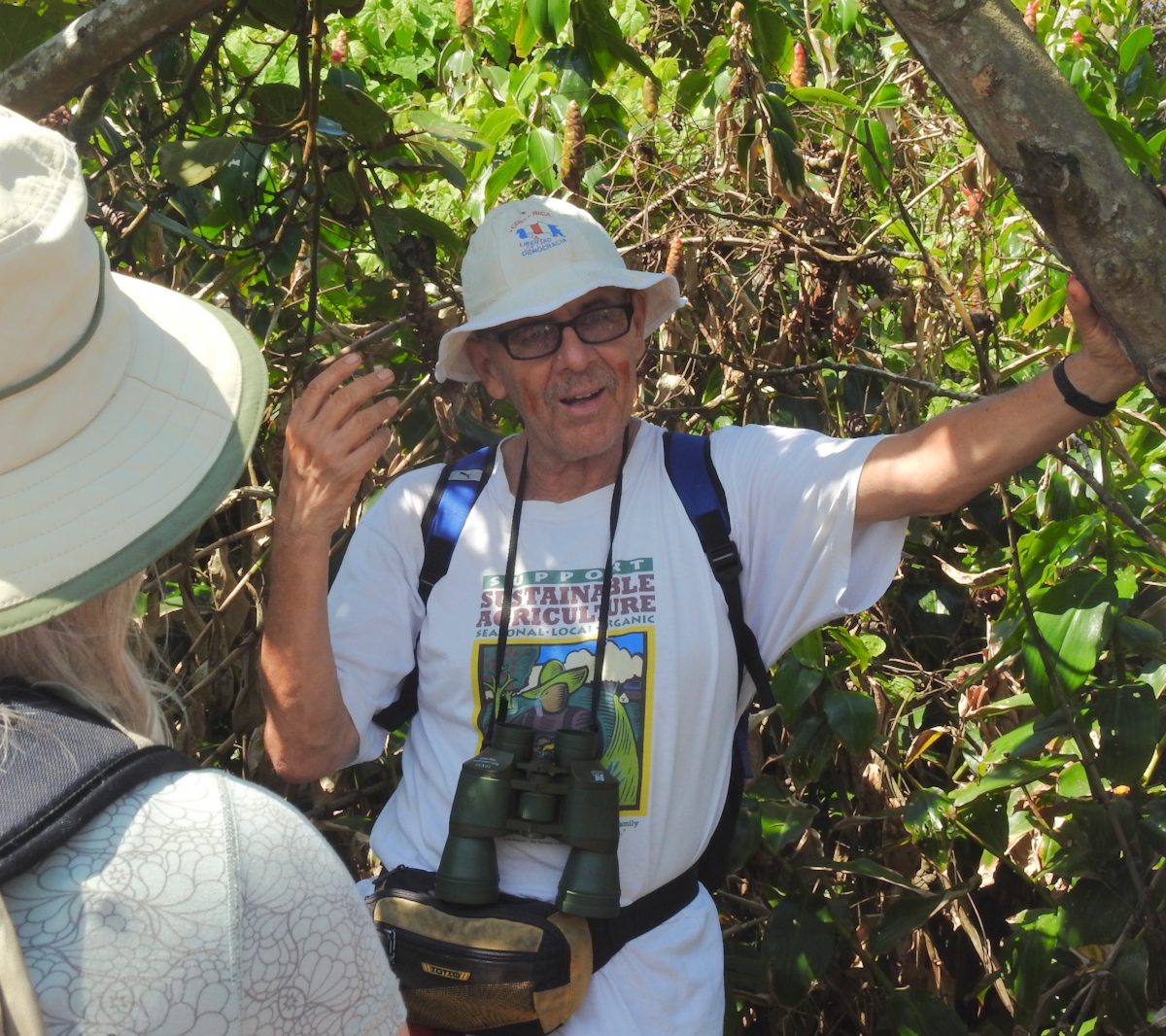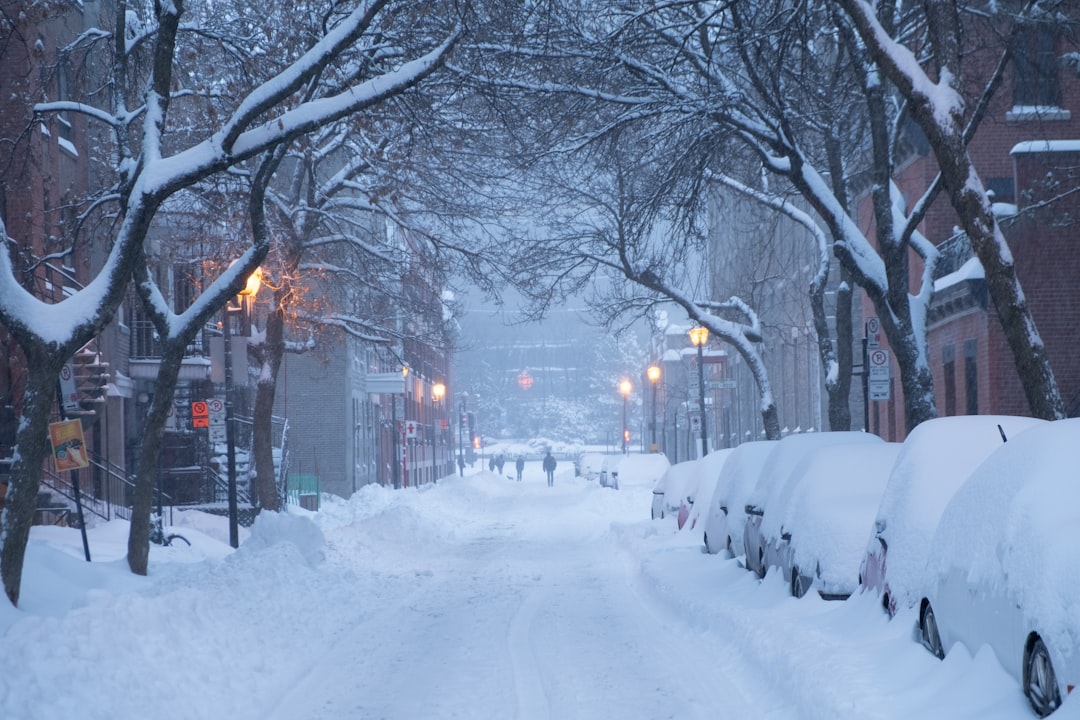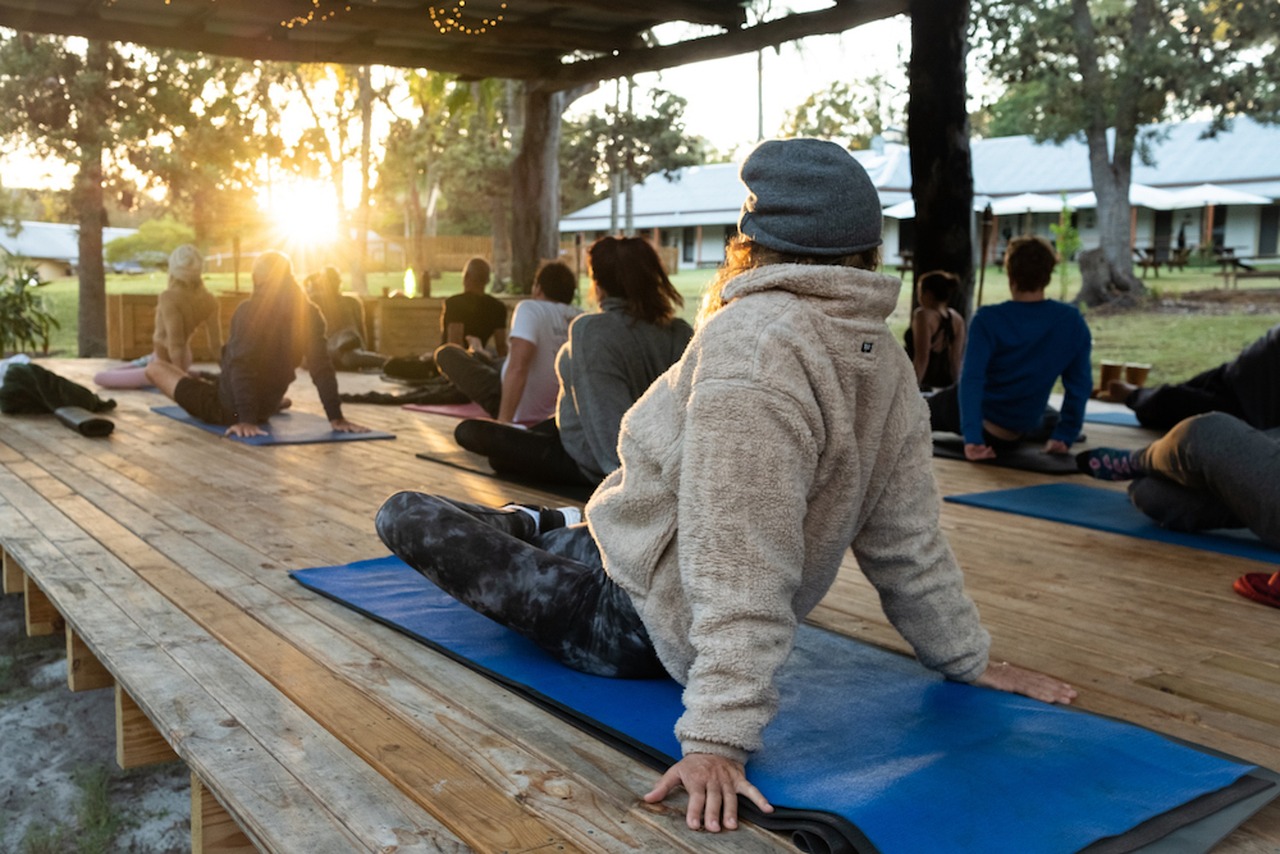Rising Travel Costs Made Alternatives More Attractive

In 2024 and 2025, the cost of visiting Canada climbed much higher than before. The Canadian Tourism Commission reported that airfares to cities like Toronto and Vancouver increased by about 12% compared to 2023, mainly because of higher fuel prices and increased demand for flights. Hotels and short-term rentals also saw a jump, with rates in popular areas going up by nearly 8%. For someone trying to make the most out of their travel budget, these rising expenses made it hard to justify a trip to Canada. Instead, I found that my money went further in places like Eastern Europe and Southeast Asia, where costs for food, accommodation, and attractions stayed steady or even dropped a little in 2024. It felt like a smart move to get more value for my money elsewhere. Even basic daily costs, like meals and local transportation, were noticeably cheaper outside of Canada. Skipping Canada meant I could enjoy more experiences and worry less about my wallet.
Overcrowding and Tourism Saturation in Key Canadian Destinations

Canadian destinations like Banff National Park and Niagara Falls have become busier than ever. Reports from Parks Canada showed a 15% surge in visitor numbers in 2024 compared to the previous year. This boom led to packed parking lots, long lines for attractions, and crowded hiking trails, which took away some of the magic of these stunning places. When I decided to travel elsewhere, I noticed a huge difference. In Slovenia and Croatia, for example, the crowds were much smaller, even though tourism is growing there too. I could actually enjoy the scenery and take my time exploring, without feeling rushed or overwhelmed. There were moments where I had quiet spots all to myself, something that felt impossible in Canada’s most popular parks last year. Overall, avoiding these crowded hotspots let me have a more peaceful and personal travel experience.
Environmental Concerns and Sustainable Travel Choices

Canada’s natural beauty is world-famous, but the heavy foot traffic from tourists has started to take a toll on the environment. To combat this, the government put stricter rules in place, like limiting how many people can enter certain areas at once. These changes are important for conservation, but they can make travel plans less flexible. I chose to visit countries like Costa Rica and New Zealand, both known for their strong commitment to sustainable tourism. These places have well-established eco-friendly programs, like guided tours that teach visitors about protecting the environment and accommodations that use renewable energy. It was rewarding to support destinations that balance tourism with nature conservation, and I didn’t have to worry about last-minute restrictions ruining my plans. The sense of responsibility I felt traveling in these places added more meaning to my trip.
Diverse Experiences Outside Canada in 2024-2025

Stepping outside Canada this year opened up a world of new adventures. In 2024, Japan eased its travel rules and encouraged international visitors to explore less-traveled regions, leading to a 20% rise in tourists. I attended traditional festivals in rural towns and tried local foods I’d never even heard of before. Meanwhile, Morocco’s tourism industry bounced back strongly in 2025, offering lively markets, historic cities, and desert excursions. These destinations provided cultural experiences that felt fresh and different from what I would find in Canada. The chance to immerse myself in unfamiliar traditions and flavors made my travels feel truly special. Instead of seeing landscapes similar to those at home, I was surrounded by new sights, sounds, and stories every day.
Improved Infrastructure and Accessibility in Other Destinations

Traveling in some countries this year was easier than ever, thanks to major investments in tourism infrastructure. For example, Portugal spent much of 2024 upgrading its rail network, linking Lisbon, Porto, and the Algarve with faster, more comfortable trains. Getting around was a breeze, and it meant I could see more of the country without hassle. In contrast, some parts of Canada still struggle with limited public transport, especially in remote areas where getting around can be complicated and expensive. This difference in accessibility really stood out during my travels. With better infrastructure, I spent less time worrying about logistics and more time enjoying new places. It made my overall trip smoother and less stressful.
Favorable Exchange Rates Enhanced Travel Budgets

The Canadian dollar lost ground against several big currencies in late 2024, dropping by about 5-7% compared to the euro and yen. This made trips to Canada pricier for many international travelers, including myself. On the other hand, places like Mexico and Turkey offered fantastic exchange rates, meaning my money went a lot further. I could afford nicer hotels, more activities, and even splurge on special experiences without breaking the bank. It felt like I was getting more bang for my buck, and I didn’t have to compromise on the quality of my trip. Watching my travel budget stretch further in these countries was both surprising and satisfying.
Avoiding Seasonal Weather Extremes

Canada’s climate can be a challenge, especially during the winter months. In 2024-2025, the country faced some of its harshest winters yet, with heavy snowfall causing delays and even closures in certain regions. I decided to head somewhere warmer, choosing destinations like Portugal’s southern coast and the Canary Islands, where the weather stayed mild year-round. This meant I didn’t have to pack bulky winter gear or worry about my plans being derailed by a snowstorm. The steady climate let me enjoy outdoor activities every day, from hiking to beach outings. It made the whole experience more relaxing and less unpredictable.
Access to Emerging Travel Trends and Destinations

By skipping Canada, I had the chance to check out some of the hottest travel trends of 2024 and 2025. Wellness tourism, for example, exploded in popularity in places like Thailand and Bali, growing by 25% according to the Global Wellness Institute. I joined yoga retreats and wellness workshops surrounded by stunning scenery, something that’s still pretty limited in Canada outside a few key spots. These destinations offered a blend of relaxation, adventure, and culture that felt totally new to me. Trying out these trends helped me discover what I really enjoy in a vacation and gave me stories to share that were a little out of the ordinary.
Enhanced Safety and Health Infrastructure in Alternative Destinations

Safety and health are always top priorities when choosing where to travel. In recent years, countries like Singapore and South Korea have rolled out advanced systems for health monitoring and emergency response. These improvements made me feel secure, knowing that help was close at hand if anything went wrong. While Canada is generally very safe, some remote places still lack quick access to high-quality healthcare. Traveling to destinations with strong urban medical facilities gave me peace of mind, especially as someone who likes to explore off the beaten path. Feeling prepared for any situation let me focus on enjoying my trip to the fullest.
Personal Growth Through New Cultural Interactions

One of the most rewarding parts of skipping Canada this year was the chance to connect with people from entirely different backgrounds. In Morocco, I learned how to bargain in vibrant souks and tasted spices I’d never encountered before. In Japan, I picked up a few words of the language and joined local families in seasonal celebrations. Portugal’s friendly locals introduced me to traditional music and family recipes. Each interaction challenged me to step out of my comfort zone and see the world through new eyes. While Canada is multicultural, traveling abroad exposed me to experiences and challenges that sparked real growth and left a lasting impression.





